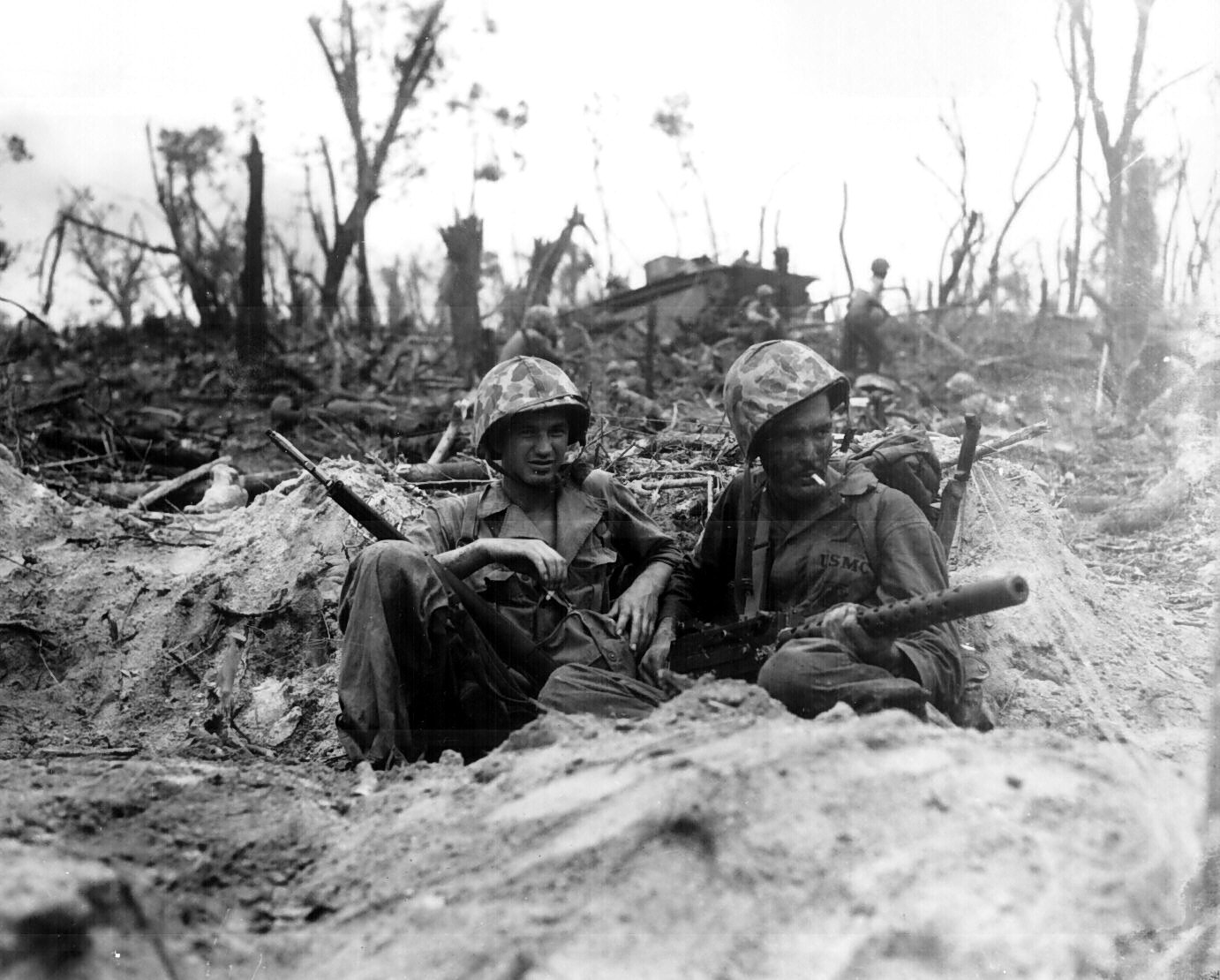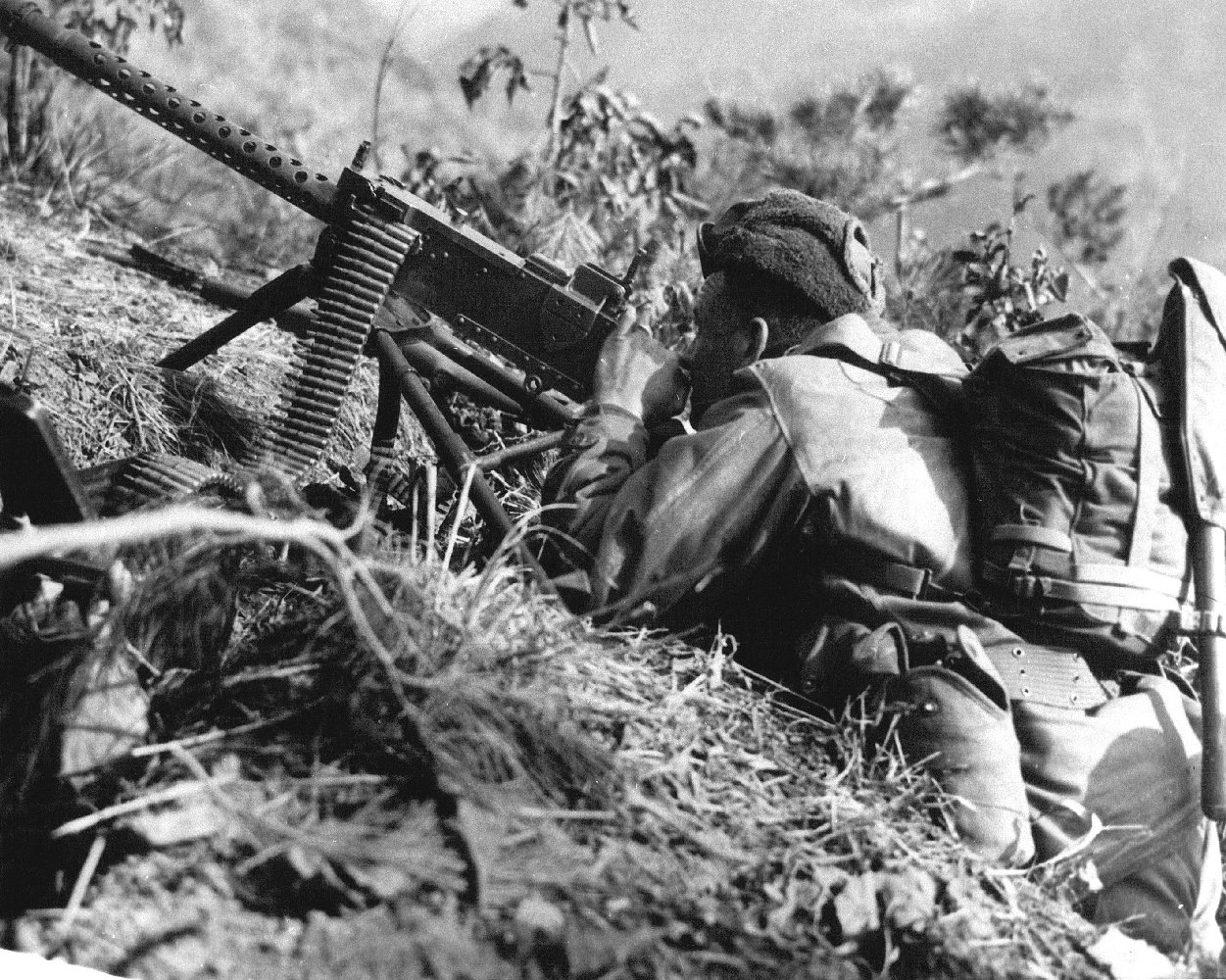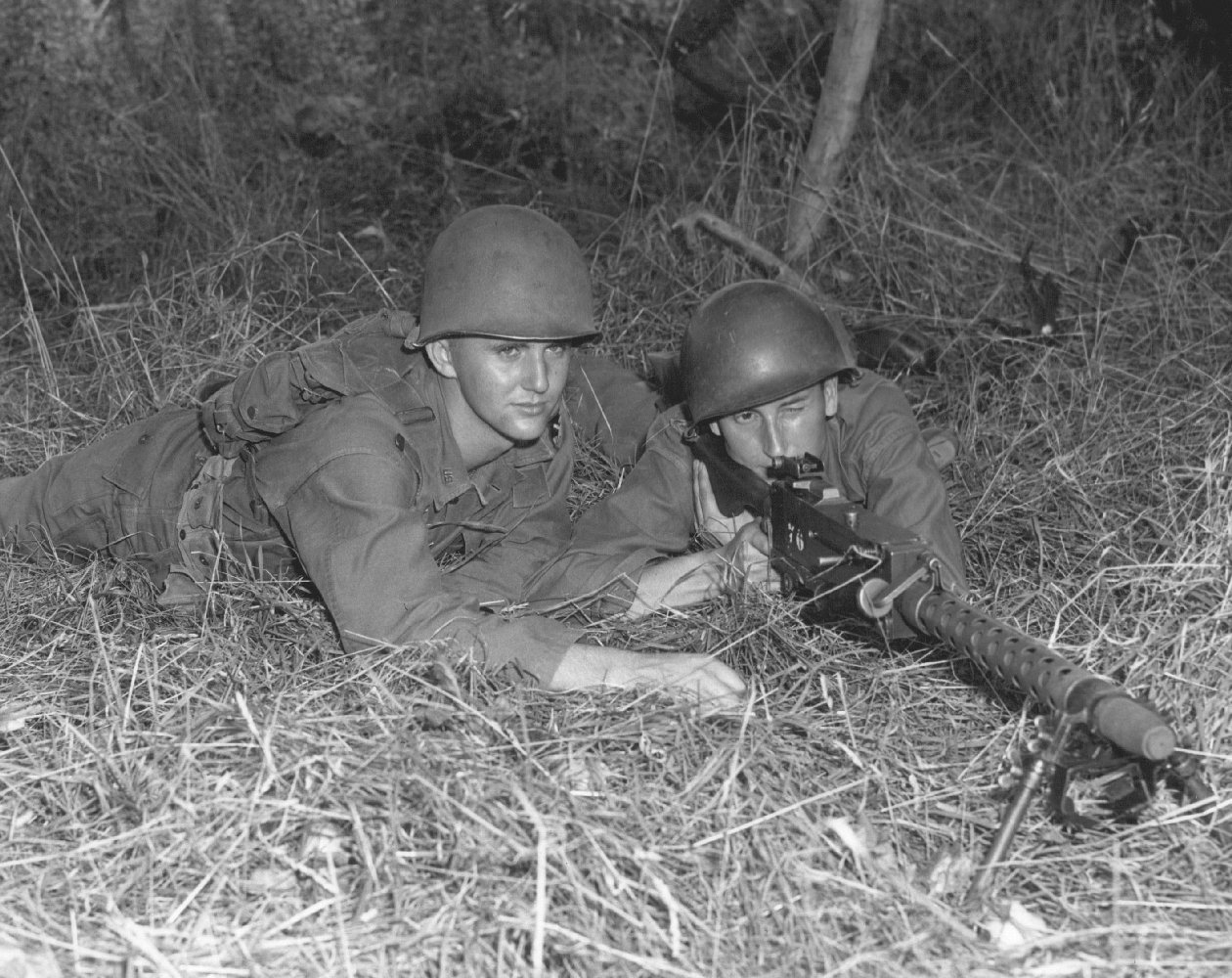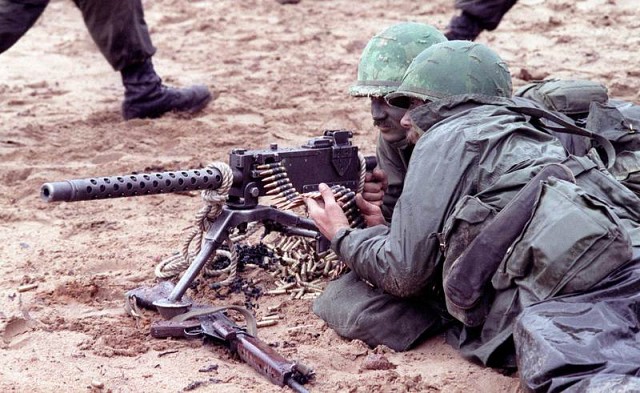The M1919 Browning, a .30 caliber medium machine gun, stood as a cornerstone of American firepower throughout much of the 20th century. Its robust design and adaptability made it a staple during World War II, the Korean War, and the Vietnam War. Let’s break down its journey from inception to its enduring legacy in military history.
Origins and Development
The M1919 Browning emerged from the trenches of World War I, evolving from its predecessor, the water-cooled M1917. The shift to an air-cooled system marked a significant leap in design.

This transition aimed to reduce weight and improve battlefield versatility. John M. Browning’s innovative sliding-block mechanism replaced the older, more cumbersome toggle-lock systems, streamlining operation and maintenance.
In 1917, Browning showcased his M1917 at Springfield Armory, impressing military officials with its durability—firing over 39,000 rounds without significant issues. This performance solidified Browning’s reputation and set the stage for further developments.
Adaptation to Modern Warfare
As warfare evolved in the 20th century, the need for more mobile and versatile machine guns became apparent. The M1917, while effective, was too heavy for the rapid, movement-based tactics that characterized modern combat. This realization led to the development of lighter variants, beginning with the M1919A1.
The M1919A1 introduced a lightened barrel, bipod, and improved sights, making it more suitable for infantry use. Subsequent models like the M1919A2 and M1919A3 continued this trend, each iteration becoming lighter and more maneuverable. The M1919A4, finalized in 1936, became the most iconic version, widely used during World War II.
Battlefield Utility
During World War II, the M1919A4 became a vital asset for U.S. forces. Weighing around 31 pounds and typically mounted on a 14-pound tripod, it provided a balance between mobility and sustained firepower. Its versatility saw it mounted on various vehicles, from jeeps to tanks, enhancing its battlefield utility.

In combat, a five-man crew operated the M1919, ensuring its effectiveness in various scenarios. The squad leader directed operations, while the gunner, assistant gunner, and ammunition carriers maintained a steady supply of firepower. This coordination made the M1919 a formidable weapon in both offensive and defensive operations.
Evolution and Adaptation
The M1919A5 and M37 variants adapted the machine gun for different roles, including tank and armored vehicle mounts.

The M37, in particular, featured a dual-feed capability, enhancing its operational flexibility. These adaptations ensured the M1919 remained relevant as combat strategies evolved.
The M1919A6, introduced during World War II, attempted to further enhance the machine gun’s portability by adding a bipod, buttstock, and carrying handle. Despite these modifications, it remained somewhat cumbersome, highlighting the ongoing need for a more efficient solution.
Transition to Newer Models
The late 1950s saw the development of the M37C, designed for remote firing via a solenoid trigger. This model catered to the needs of aircraft and armored vehicle crews, reflecting the changing nature of warfare.

Despite the introduction of the M60 machine gun in 1957, which aimed to bridge the gap between portability and sustained fire, the M1919 continued to serve in various capacities. The U.S. Navy converted many M1919A4s to the 7.62mm NATO chambering, designating them Mk 21 Mod 0. These conversions saw action in the Vietnam War, particularly in riverine operations.
Global Influence and Legacy
The M1919’s influence extended beyond American forces. Many NATO countries adopted and adapted the machine gun, converting it to the 7.62mm NATO caliber. Israel, for instance, modified the M1919 for use on armored vehicles and personnel carriers, developing unique links to address feeding issues.
Manufacturing of the M1919 during World War II involved multiple companies, including Buffalo Arms Corporation, Rock Island Arsenal, and the Saginaw Steering Gear division of General Motors. This widespread production ensured that the M1919 remained a reliable and accessible weapon for various military forces.
Takeaway
The M1919 Browning’s service history is a testament to its design and adaptability. From the trenches of World War I to the jungles of Vietnam, this machine gun provided reliable firepower across different theaters of war.
Even as newer models like the M60 emerged, the M1919’s legacy endured, showcasing the enduring impact of John M. Browning’s ingenuity.
In the annals of military history, the M1919 Browning stands out not just as a weapon but as a symbol of American industrial prowess and battlefield resilience. Its story is a reminder of the continuous evolution of military technology and the enduring importance of reliable, adaptable firepower.
__
Disclaimer: SOFREP utilizes AI for image generation and article research. Occasionally, it’s like handing a chimpanzee the keys to your liquor cabinet. It’s not always perfect and if a mistake is made, we own up to it full stop. In a world where information comes at us in tidal waves, it is an important tool that helps us sift through the brass for live rounds.










COMMENTS
You must become a subscriber or login to view or post comments on this article.